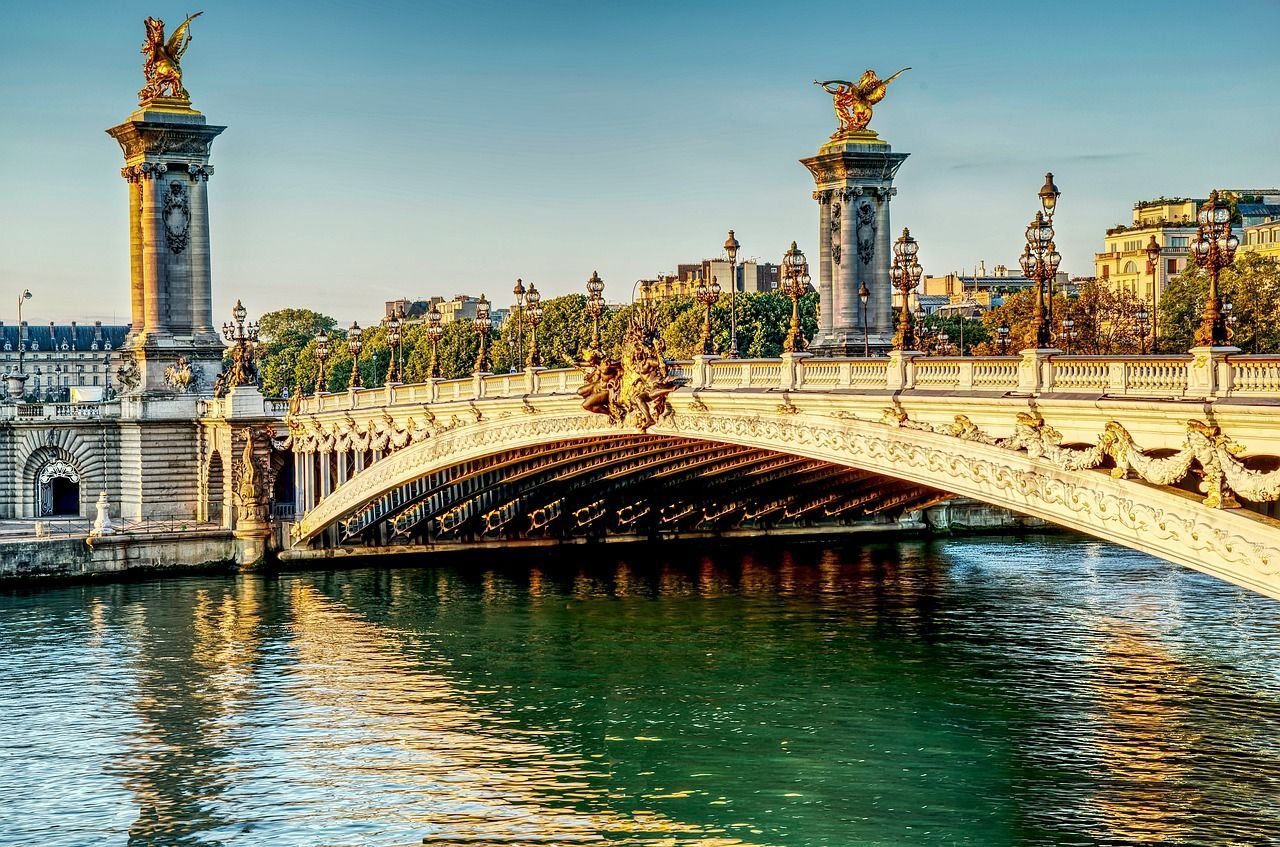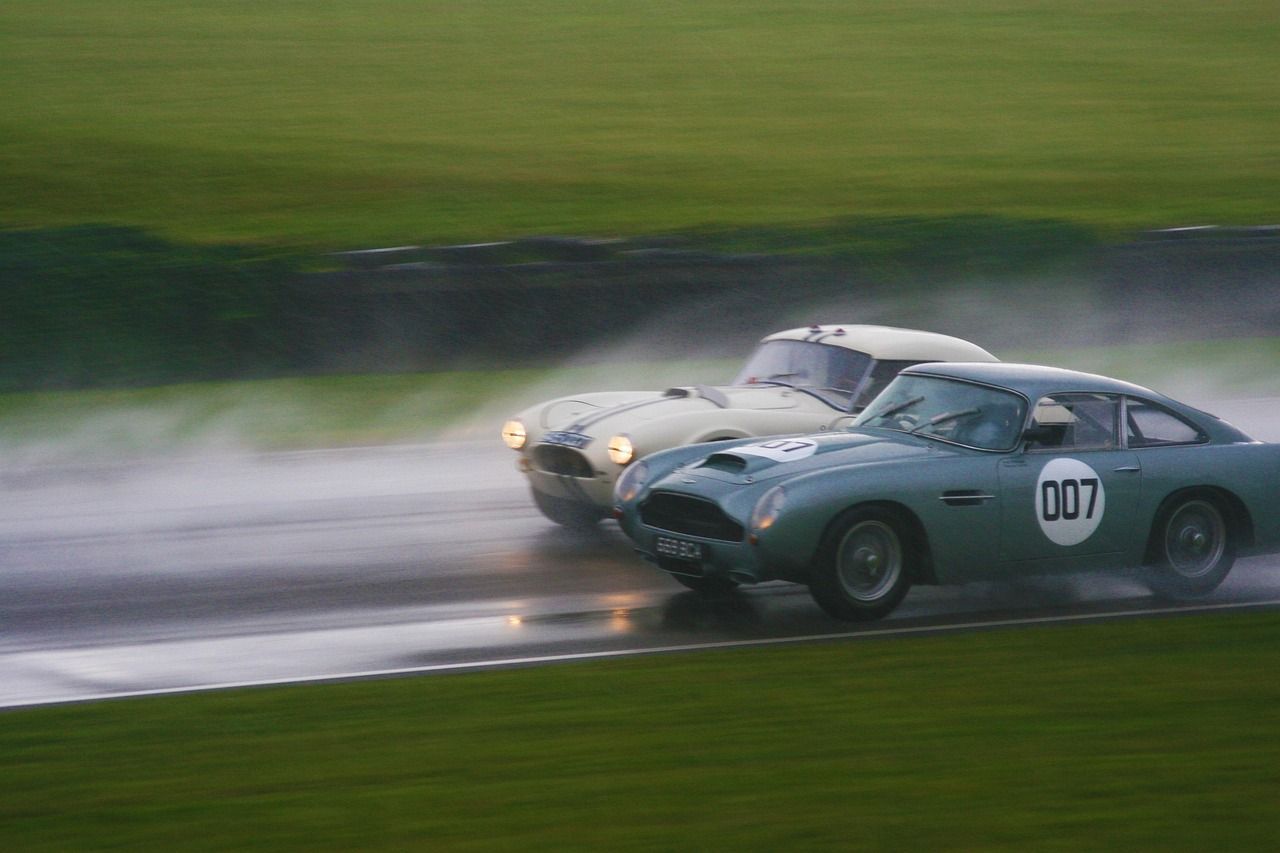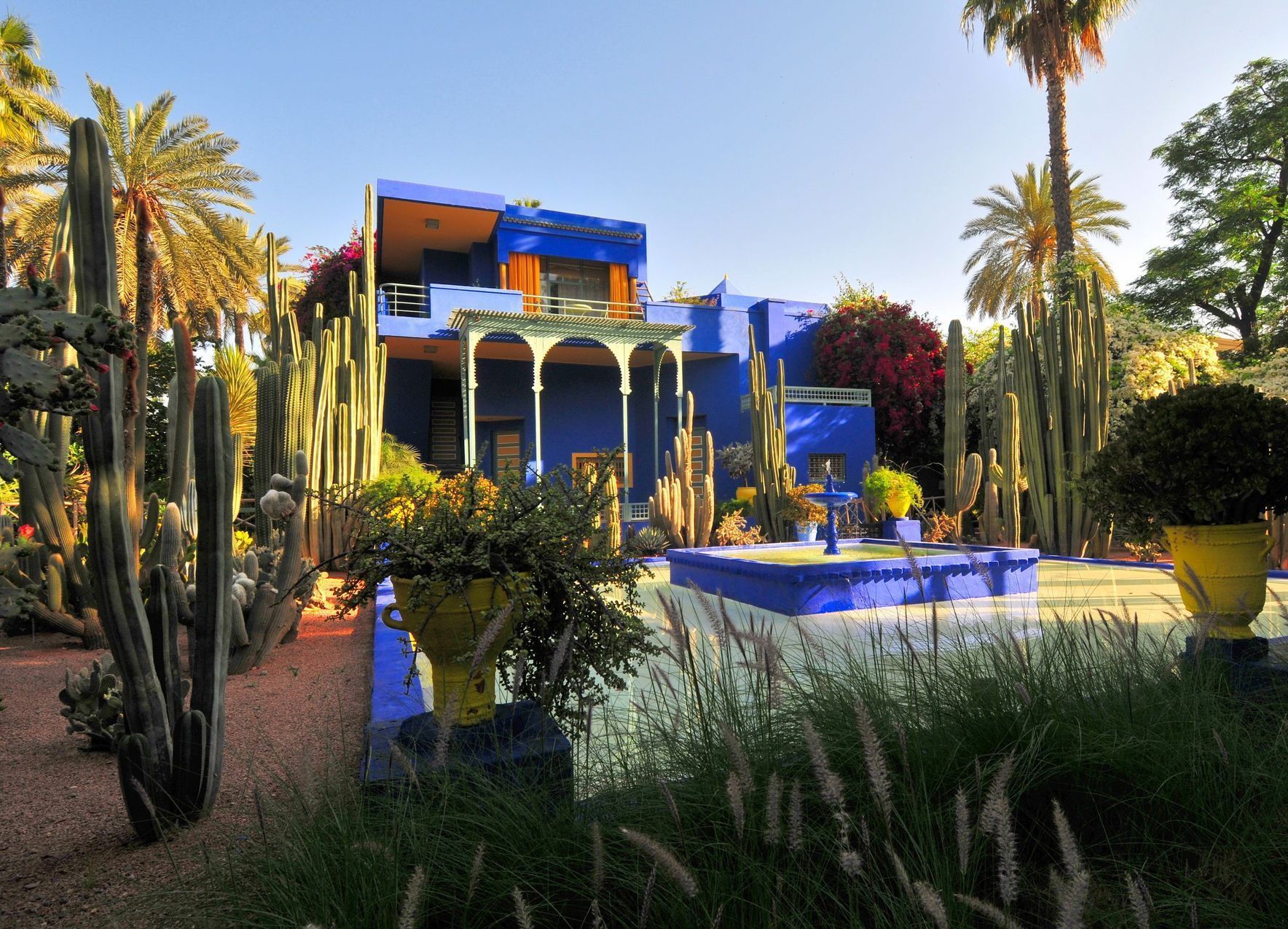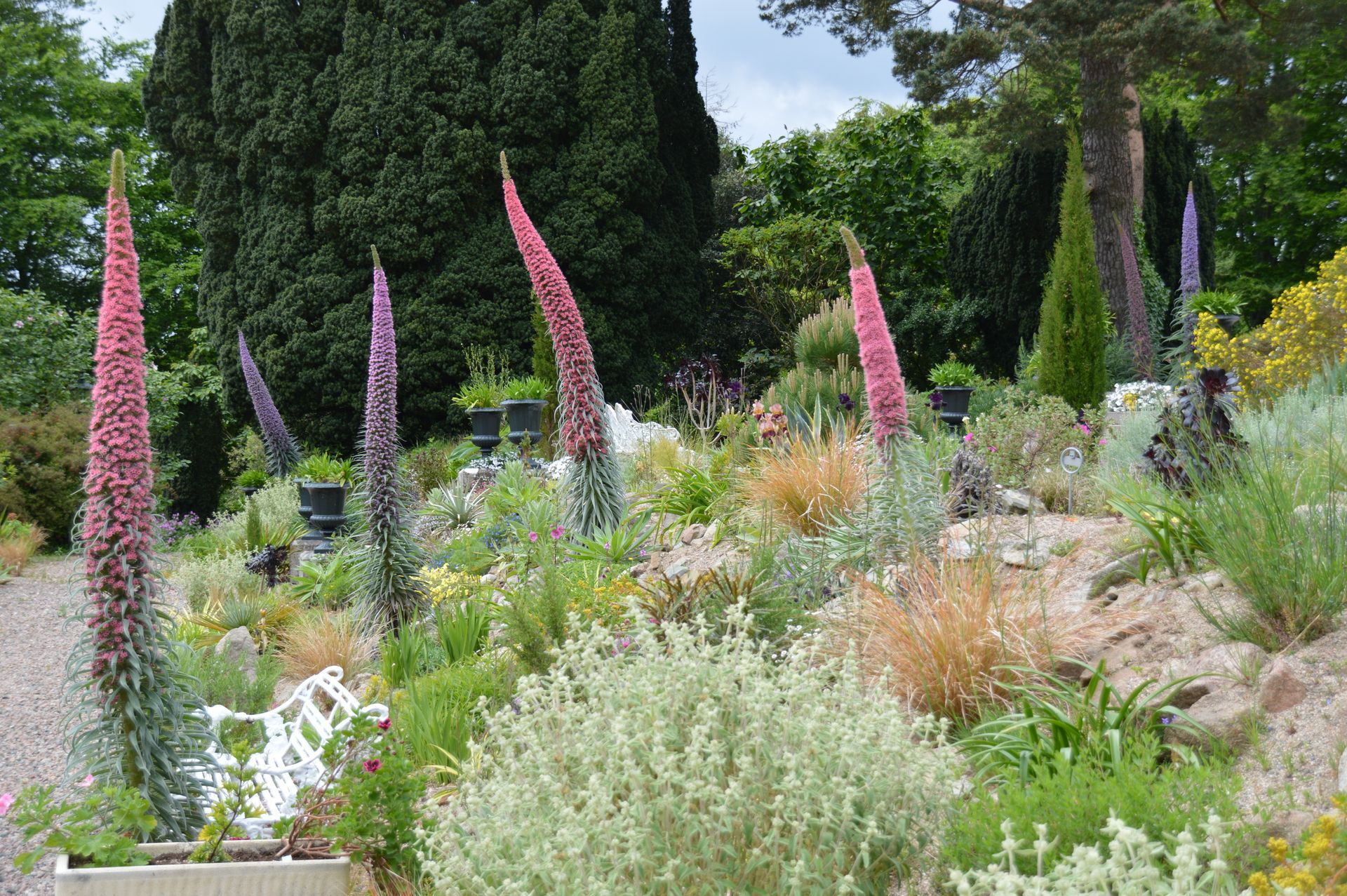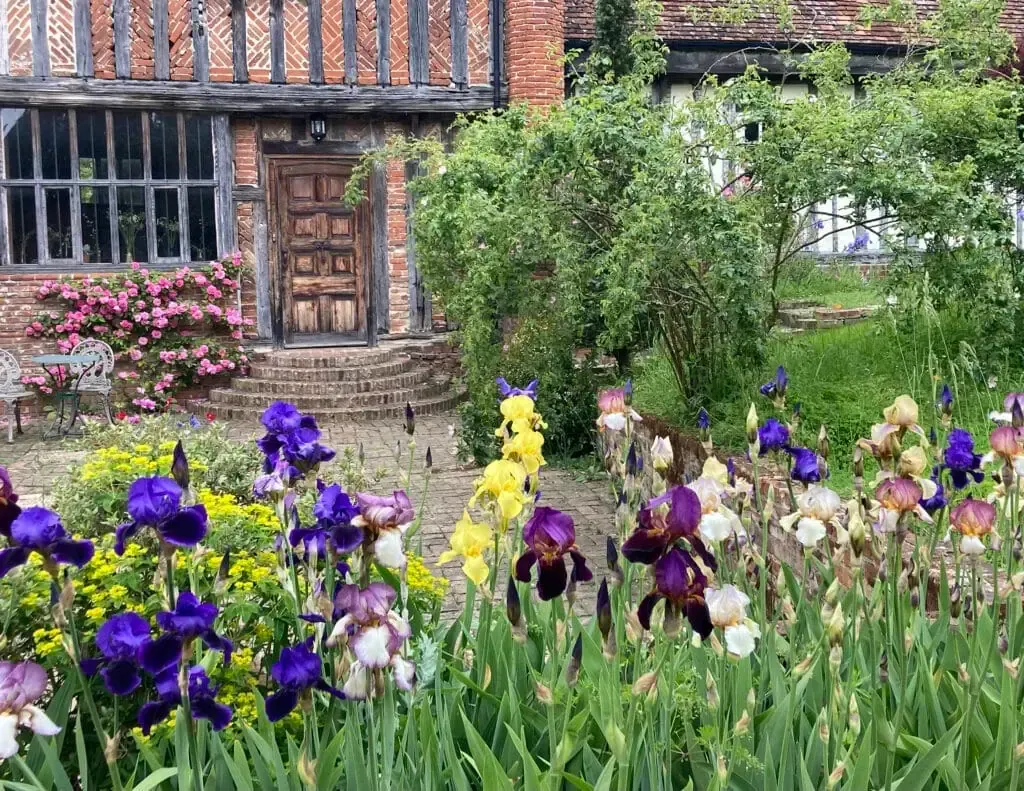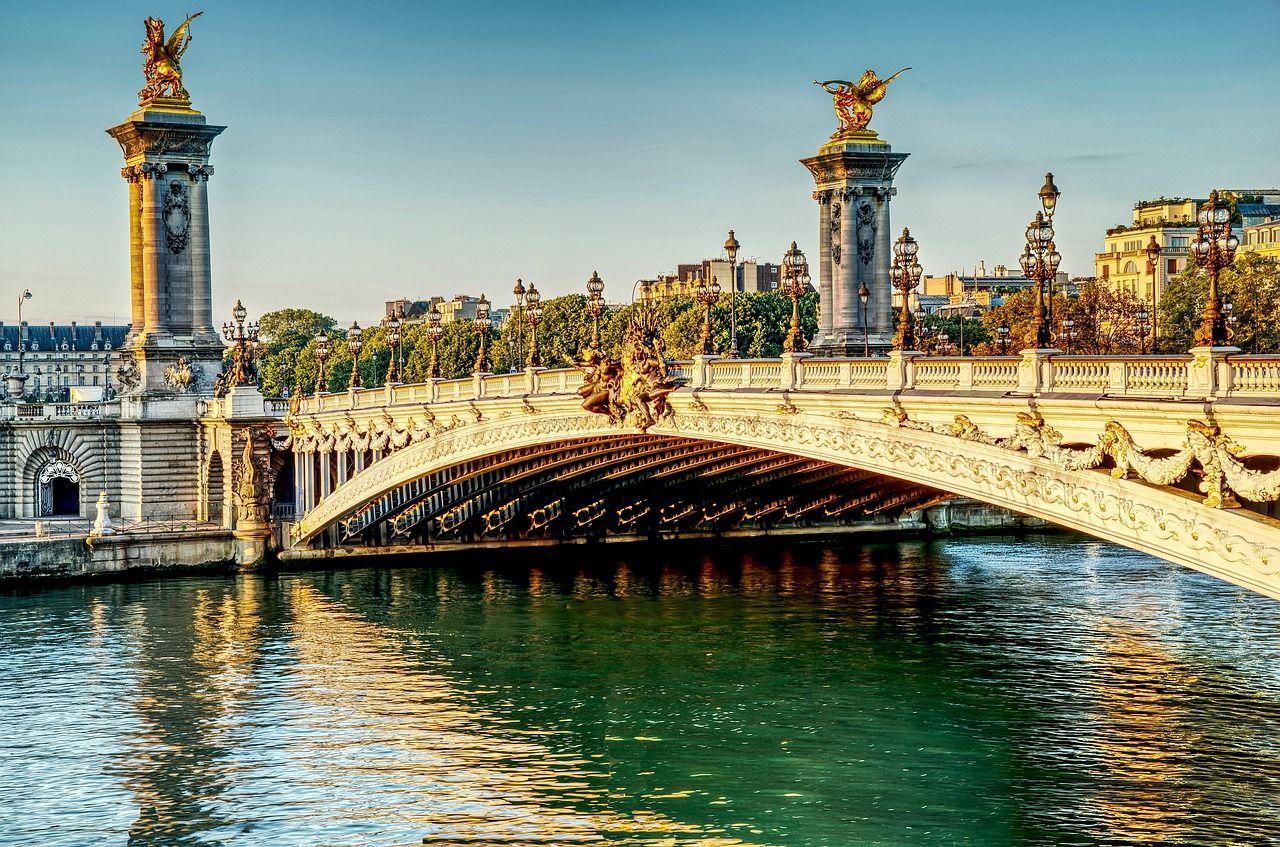PARIS NOUVEAU Art and architecture in the 'Belle Epoque' | LAST REMAINING PLACE
5 days | £2750 per person with eurostar | 24 - 28 June 2025
Art and architecture in the 'Belle Epoque'
Paris has always been a paradoxical city: at once ancient and modern, practical and romantic, authoritarian and revolutionary; home to kings and statesmen, poets and philosophers, artists and engineers. But always and above all alluring, exciting; the glamorous stuff of dreams and legends. It was Paris that named the vibrant turn-of-the century culture of luxury and elegance the Belle Époque, and in Paris, perhaps unsurprisingly, that the style known as Art Nouveau, equally luxurious and elegant, achieved its fullest and most spectacular expression. From public billboards to exclusive boutiques the ‘new style’ put its mark on the life of the city, and even today its traces are everywhere to be seen: splendidly sculpted façades appear down unexpected side-streets; the Pont Alexandre III dazzles as much for its technical virtuosity as its gilded decoration, and the Paris Metro has the most stylish entrances of any transport system, courtesy of architect-designer extraordinaire, Hector Guimard. Siegfried Bing’s ‘Maison de l’Art Nouveau’ may be long gone, but the museums of Paris continue to house a treasure-trove of objects and ephemera, from the stunning posters of Alphonse Mucha to entire rooms with furniture designed by Guimard and his contemporaries. Art Nouveau went by varied names in different places. In France it was often called Style Metro or Style Mucha, in tribute to the two artists whose works became synonymous with the distinctive Parisian version - sinuous, extravagant, ultimately chic. Our tour will explore the legacy of Guimard, Mucha and their fellow designers and craftsmen in this most gracious and yet most modern of cities; we will also have the chance to consider the intriguing links between Art Nouveau and the radical developments in painting and sculpture for which Paris is perhaps most famous of all.
Day to day Itinerary
Day 1
Depart London by Eurostar to Paris and transfer to our hotel. After an independent lunch, we visit the historic Marais district, the Musée Carnavalet, housed in a fine 16th century mansion and dedicated to telling the story of the history of the city from its prehistoric beginnings. Its extensive collections include a range of Art Nouveau classics, including the reconstructed interior of Georges Fouquet’s jewellery shop, designed by his friend Alphonse Mucha and referred to at the time as ‘so appropriate to its purpose as to be in effect a talking sign’. Afterwards a short walk takes us to view the Agoudas Hakhilos synagogue, designed in 1913 by Hector Guimard, who also designed the interior fittings for this, his only religious building.
Day 2
This morning we explore the 7th arrondissement, one of the key Art Nouveau districts of Paris thanks to the work of architect Jules Lavirotte. Imaginative and extravagantly ornamented, Lavirotte’s spectacular façades, often conceived in collaboration with ceramicist Alexandre Bigot, were both admired and controversial; we will trace the development of his style from its beginnings to his masterpiece, the magnificent Lavirotte Building in Square Rapp, which won the competition for finest façade of 1901 and is virtually a sculpture in its own right. We will also see the 1902 winner, the less flamboyant but equally eye-catching ‘House of Lilies’ by Lavirotte’s contemporary Octave Raquin. Our morning ends with a visit to the Rodin Museum, where the iconic ‘Gates of Hell’ provides a fascinating insight into the overlap between the New Sculpture and Art Nouveau architecture. After lunch in the museum’s beautiful café, the afternoon is spent in the Musée d’Orsay. Here a phenomenal collection, now beautifully displayed in the Pavillon Amont, offers outstanding works from Art Nouveau masters across Europe and beyond, including stained glass from the workshops of Louis Comfort Tiffany, originally made for the Paris 1900 International Exhibition, and furniture from Victor Horta’s lost Hôtel Aubecq. We return to the hotel via a visit to the enchanting Square Félix Desruelles, in the shadow of St-Germain-des-Prés, which hosts a ceramic wall made by Sèvres for exhibition at the Paris 1900 Exhibition.
Day 3
Today starts in the prestigious 16th arrondissement, famously home to the Arc de Triomphe but also to the creations of Art Nouveau maestro, Hector Guimard. Starting at the idiosyncratic Hôtel Jassedé, completed when Guimard was 25, and only his second commission, we will discover how he set his mark on the developing urban landscape of the 16th, including the building that established his reputation, Castel Béranger (winner of the very first façade competition in 1898) and a host of others, from individual townhouses (including his own) to substantial apartment buildings and even a housing project involving most of a small street. Our morning’s walk finishes at the most impressive of his Metro entrances (and the only major aedicule still in its original location), Porte Dauphine, on the edge of the Bois de Boulogne. After lunch we will travel by coach/taxi to the 18th arrondissement to catch up with the other surviving Guimard aedicule, moved out to Abbesses from the more central Hôtel de Ville in 1974, and explore the lovely St-Jean de Montmartre church, built in 1904 by Anatole de Baudot using a controversial brick and reinforced concrete technique. ‘St-Jean of the Bricks’ is equally innovative inside, with exposed steel pillars and fine altar, murals and stained glass. The day ends with a visit to the home and studio of Symbolist artist Gustave Moreau, converted into a museum during the artist’s lifetime. Although Moreau saw himself a classical artist, his extraordinary visions and experimental techniques bring his work visually close to Art Nouveau, and inspired such Modernist giants as Henri Matisse (who was his pupil), Marcel Proust and André Breton.
Day 4
Today we spend the morning among the remaining traces of the defining event in Art Nouveau history: the Exposition Universelle 1900. From April to November the city was transformed from Les Invalides to the Champs de Mars along both banks of the Seine by the pavilions of 40 invited nations as well as a wide range of elaborate French pavilions and exhibition halls. Most were demolished as soon as the exhibition closed, but the Grand Palais, the Petit Palais and the Pont Alexandre III were all designed to remain as a permanent memorial of France’s achievement in hosting the event that ushered in the new century. After our explorations, and coffee in the Petit Palais’ charming Café 1902, we travel west out of the city as far as Le Vésinet, created in 1856 from a former hunting forest, and established in 1875 as France’s first ‘ville-parc’ (equivalent to the English Garden Cities). A favourite of musicians, artists, poets and philosophers, Le Vésinet retains its atmosphere to this day. After lunch we will wander through Vésinet’s peaceful streets to see some of the town’s most striking buildings: Neo-Gothic Ste-Marguerite church, with stained glass and murals by Gauguin’s disciple, Maurice Denis, opulent Villa Rose, inspired by the Grand Trianon at Versailles and the extraordinary Villa BeauxChêne, once home to legendary performer Josephine Baker - an emphatic reminder of the sheer diversity of architecture at the end of the 19th century. We complete the day with the finest of all Vésinet’s offerings: Villa Berthe, designed by Guimard in 1896, not long after his pivotal meeting with Victor Horta. The house is still privately owned and is not normally open to the public, but the owners offer occasional guided tours to groups, allowing us to appreciate Guimard’s masterful handling of the interior spaces as well as the façades, followed by refreshments on the Villa roof, which offers outstanding views from St-Germain-en-Laye Castle in the West to the Eiffel Tower in the East. Return to Paris for a group dinner.
DAY 5
Our final day begins with a walk to view the Samaritaine Department Store, where successive developments in the years between1905 and 1928 resulted in a composite façade where Art Nouveau and Art Deco sit side-by-side. Virtually derelict in 2005, it reopened in 2021 following a general redevelopment including meticulous restoration of the historic elements. After our visit we will return along the Quai du Louvre to the Musée des Arts Décoratifs, where the focus is firmly on the development of Art Nouveau in France, including works by Guimard, Lalique and the École de Nancy. By way of contrast we will also see one of the masterpieces of Art Deco interior design: the apartment created by Armand-Albert Rateau for fashion designer and parfumière, Jeanne Lanvin. Afterwards we return to the hotel and transfer to the Gard du Nord to catch an afternoon train to London
Le Grand Hôtel le Cayré
Located in the heart of Saint-Germain-des-Prés, the historic Hotel Cayré has been restored to its former glory. With a roaring Twenties, -inspired design, fitting for our tour, individually designed rooms come with everything needed to relax and recharge.
With Eurostar: £2750
Join Direct: £2650
Single Supp: £375
Deposit: £450
Departure Dates:
24 - 28 June 2025
Duration:
4 nights / 5 days
Your Holiday Includes:
- Return Eurostar travel from London to Paris
- Four nights’ bed and breakfast at the Le Grand Hôtel Cayré in Paris
- Private coach transfers and excursions
- Two evening meals and one lunch
- Guided visits to the sites and monuments listed in the programme
- Services of the tour lecturer and a tour manager
- Detailed programme and study notes
- All entrance fees, taxes, and gratuities for coach drivers and serving staff
Tour Lecturers

Justine Hopkins
Dr Justine Hopkins is a freelance writer and lecturer, specialising in art of the 19th and 20th centuries. Justine has taught for various universities, including Bristol, Cambridge, Oxford and London and lectures at Tate, the V&A, the National Gallery and for numerous independent art groups. She has published articles in various journals, most recently on the 2024 National Gallery bicentenary celebrations.
Travel Information
The price does not include extras at the hotels or travel insurance.
Please note that Art Pursuits use hotels of character featuring a variety of rooms & styles.
Stamina
Please note that some of our tours can involve a fair amount of walking, sometimes across uneven ground. Please contact us if you would like more information.
Contact Info
Tel: 01280 430 175
Email: hello@fineandcultural.com
WhatsApp: +447946892834
Fine and Cultural Tours Ltd
1 West Street, Buckingham, MK18 1HL
Tours
Quick Links


All Rights Reserved | Fine and Cultural Tours | Booking conditions | Privacy Policy
